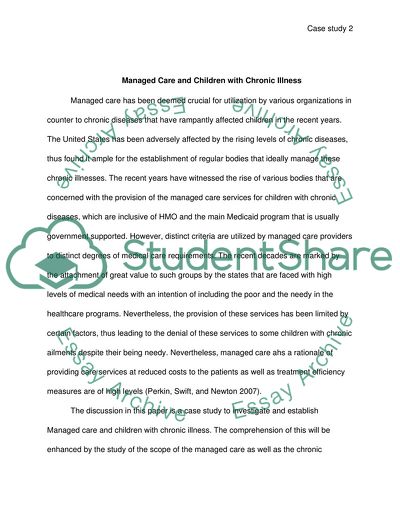Cite this document
(“Managed Care and Children with Chronic Illness Case Study - 1”, n.d.)
Managed Care and Children with Chronic Illness Case Study - 1. Retrieved from https://studentshare.org/health-sciences-medicine/1752382-managed-care-and-children-with-chronic-illness
Managed Care and Children with Chronic Illness Case Study - 1. Retrieved from https://studentshare.org/health-sciences-medicine/1752382-managed-care-and-children-with-chronic-illness
(Managed Care and Children With Chronic Illness Case Study - 1)
Managed Care and Children With Chronic Illness Case Study - 1. https://studentshare.org/health-sciences-medicine/1752382-managed-care-and-children-with-chronic-illness.
Managed Care and Children With Chronic Illness Case Study - 1. https://studentshare.org/health-sciences-medicine/1752382-managed-care-and-children-with-chronic-illness.
“Managed Care and Children With Chronic Illness Case Study - 1”, n.d. https://studentshare.org/health-sciences-medicine/1752382-managed-care-and-children-with-chronic-illness.


